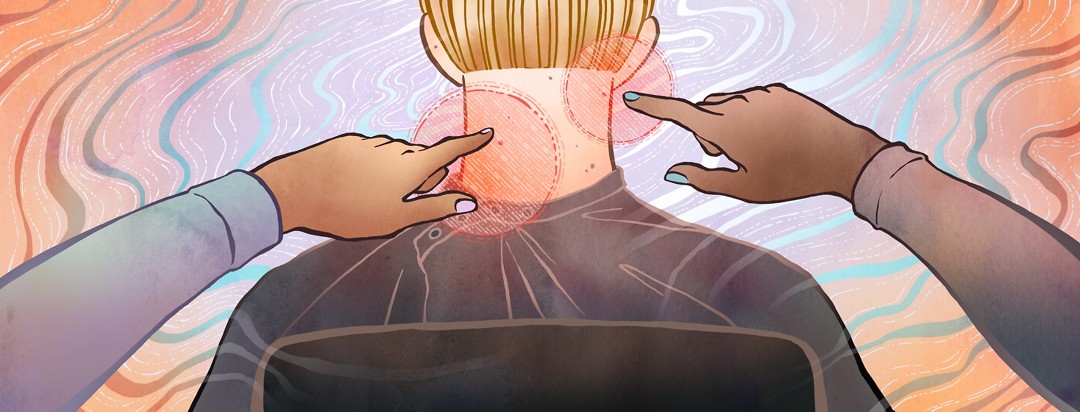Bowl Cuts and Mole Checks
“It’s time for your haircut.” And with those words, my father would get out the electric trimmer and begin his masterpiece. As shards of blonde hair would fall into my eyes, on to the back of my neck and on to my itchy nose, a new bowl cut hairdo was taking shape. It was the 1970’s and another Beatles haircut was being sculpted.
1970’s haircuts, yuck!
I hated it. The whole process was a mess and I felt like I itched for days. Looking back at my school photos, I may not have been alone in this process. While other boys got buzz cuts, I was not alone in my symmetrical orb cut. Seems that this process played out in plenty of suburban homes before the days of Super Cuts and other discount salons.
2020 haircuts, not so bad
I don’t mind haircuts now. I am just happy to have hair that can be cut. With hot towels, cool hair care products, itch protecting capes and professional stylists, it can actually be a pleasant experience. And now, it seems that it may actually save your life. What has been a fashion necessity could just be another part of one’s skin cancer defense strategy.
Can a haircut detect skin cancer?
A couple of years ago, I wrote about my experience with a hairdresser in the movie-making business. At that time, I was struck by the brilliance of having a salon professional not only cut my hair but also check my scalp for signs of melanoma. What a novel idea!
Haircuts, saving lives
Well, it turns out that it’s not so novel after all. It is now part of school curricula where hairdressers are being trained to detect skin cancer. Under the guidance of Dr. Ramona Behshad, from the Department of Dermatology at St. Louis University fo Medicine, a new program called Stylists Against Skin Cancer educates hairstylists on skin cancer. According to Dr. Behshad, the impetus to start this program began when a number of patients had come to her office presenting melanoma symptoms. Each had been referred by their salon haircutters.1
Melanoma detection training
Dr. Behshad decided to leverage the access these hairstylists had with their clients and their desire to assist dermatologists and their patients in spotting skin cancer. This hunger for education led to a full-fledged training program. In another program called Eyes on Cancer, Susie Musec, a teacher at the Paul Mitchell school in St. Louis, provides similar training for apprentice hair cutters. Looks like the idea is catching on.1,2
Suggestions on how to increase haircut detection
I love this. A trained hairstylist will see a client about once a month, whereas a dermatologist may only see a patient once a year (if, at all). Since many melanomas hide in the scalp and are particularly dangerous, this a great first line of defense in early detection. Lives can be saved on a regular basis.
How can you ensure that your stylist is trained? Here are some thoughts.
- Ask them. Ask your stylist or barber if they know how to detect skin cancer and educate them if needed.
- Reach out to your favorite haircutting business or chain and connect them with professionals who can train them as part of their initial orientation and onboarding.
- Reach out to your dermatologist about providing training across industries (hairstylists, personal trainers, massage therapists, etc.)
This is a great way to connect people and industries to save lives. Haircuts don’t have to be simply a necessity for personal grooming, but can be part of an overall strategy to detect and beat melanoma. It’s not just a bowl cut anymore.

Join the conversation